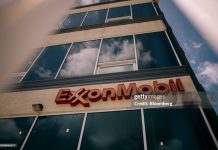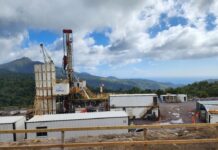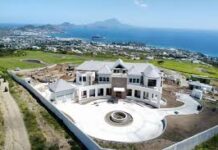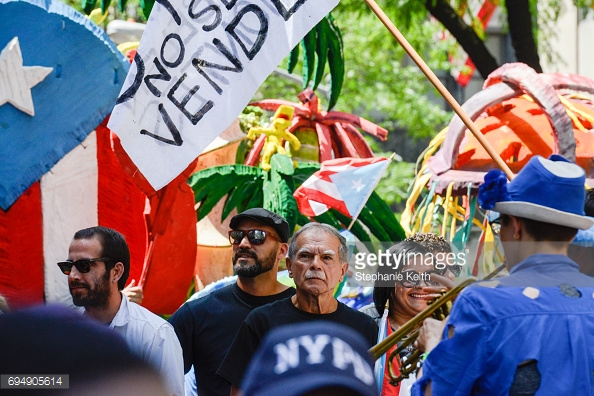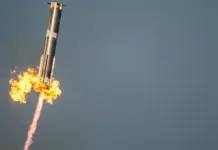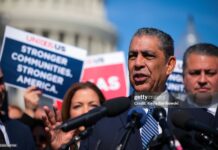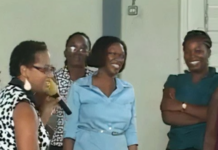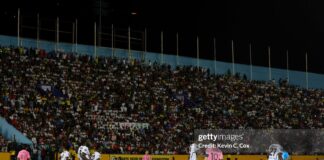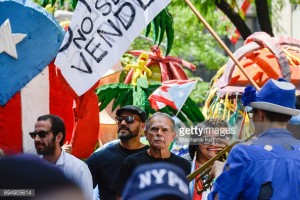
By NAN Contributor
News Americas, TORONTO, Canada, Mon. June 12, 2017: Only about 23 percent of eligible voters in Puerto Rico choose statehood in a highly watched referendum in the US territory Sunday. Here are 10 things you should know about the vote and what happens next:
1: Ninety-seven percent of the some 23 percent or about half a million votes registered voters who voted Sunday choose statehood, according to the island’s governor, Ricardo Rossello. The vote came amid a controversial Puerto Rican Day Parade in New York City that saw thousands showing up to cheer on and boo former former Armed Forces of National Liberation member, Oscar Lopez Rivera.
2: One and a half percent voted for independence from the United States while 1.3 percent voted to keep the current status of a territory of the United States.
3: This means that Puerto Rico’s governor will now have to choose two senators and five representatives to go to Washington, D.C., to request statehood from Congress, which has the final say.
4: Puerto Rico previously voted in favor of becoming a state in 2012, but statehood opponents said the voter turnout was not high enough to accurately reflect will of the Puerto Rican people. Some fear that they will make the same case this time around.
5: Proponents of statehood argue that if it became fully integrated into the Union, Puerto Rico would receive more federal spending to reactivate the economy, which currently has an unemployment rate close to 12 percent.
6: The 2017 referendum was called by the government of the island against a background of economic crisis, which some attribute at least partially to Puerto Rico’s unusual legal status, halfway between independence and full statehood.
7: The 45th US had signaled during his presidential campaign that he is open to Puerto Rico officially becoming a state.
8: If Puerto Rican obtain statehood, Puerto Ricans living on the island would for the first time be able to vote in US presidential elections, and would elect lawmakers with the right to vote in the US Congress. They would also become eligible for the full welfare benefits currently available to US citizens living in the 50 states. However, Puerto Ricans on the island would have to start paying full federal income taxes. They currently do not pay US income taxes on earnings obtained on the island.
9: However, the Republican-controlled US Congress might be wary of a move that could erode their majority in both houses by allowing the Democratic-leaning Puerto Rican electorate to choose two new senators and several members of the House of Representatives and granting Puerto Rico statehood would lead to greater federal spending on the island, which could prove unpopular at a time when the Republican majority in Congress is calling for sweeping spending cuts.
10: Puerto Rico would be the poorest state in the Union, with many of its residents becoming eligible for greater federal welfare payments.

